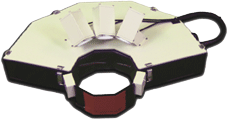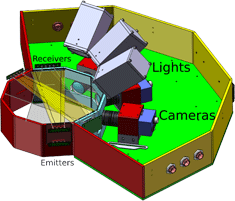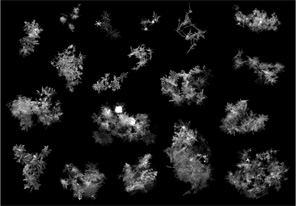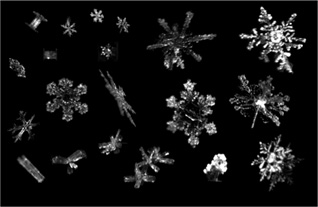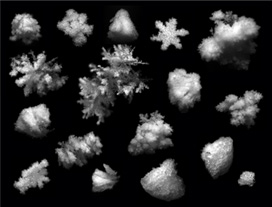The SnowPixel is the most advanced thermodynamic sensor array developed to date. It uses an
advanced NanoFab technology developed through DOE Phase I and II SBIR/STTR funding to PFA as
a 576-channel 24x24 array of 0.5 mm x 0.5 mm individually, thermostatically, controlled
platinum micro-hotplates, each 120 nm thick, with a footprint of just 32 mm x 35 mm. The
output is the first high-resolution, high-speed 2D ``video'' of environmental thermodynamic
cooling signatures. The SnowPixel can be used in a wide range of applications including
simulateneous measurements of hydrometeor mass and cumulative precipitation amount, with
ongoing testing of its application as a concurrent wind and turbulence sensor. Further
development is aimed at a miniaturized, low-power, fully capable weather station for
deployment in high-density meteorological sensor networks aimed at improved societal
resilience to weather extremes.
For more information or to request a quote, please reach out to us at
[email protected].

